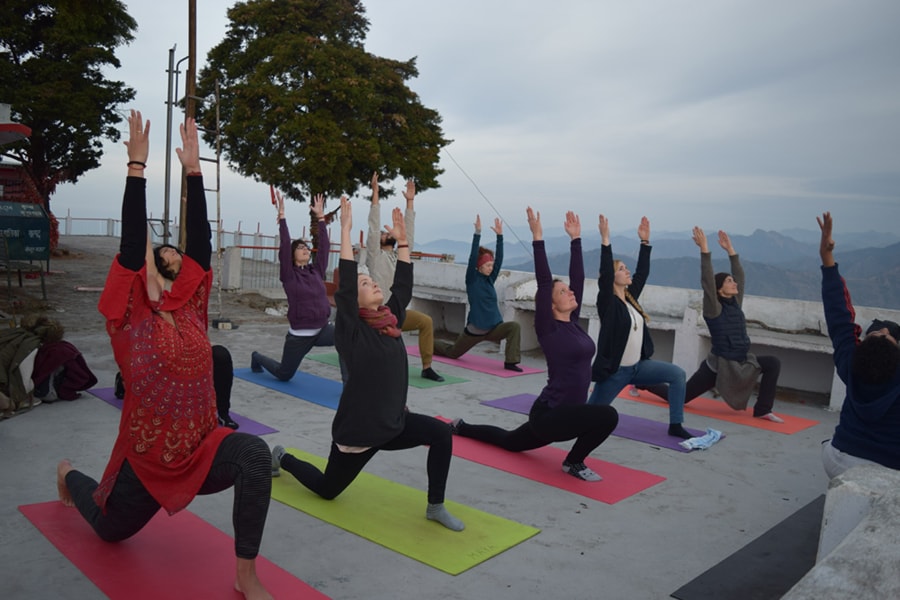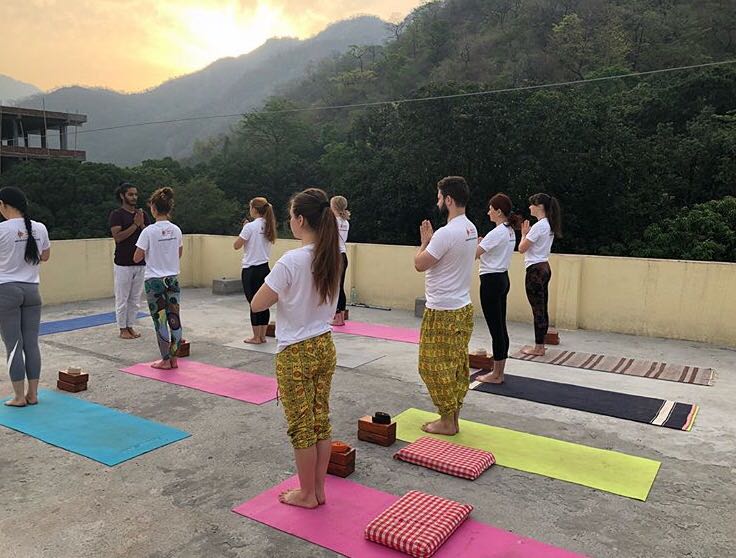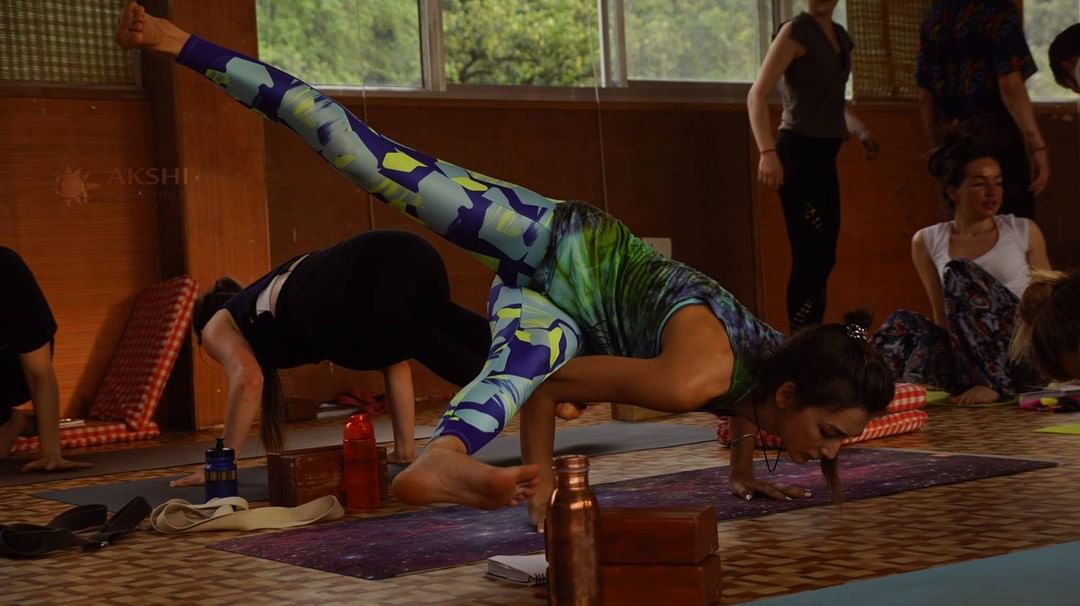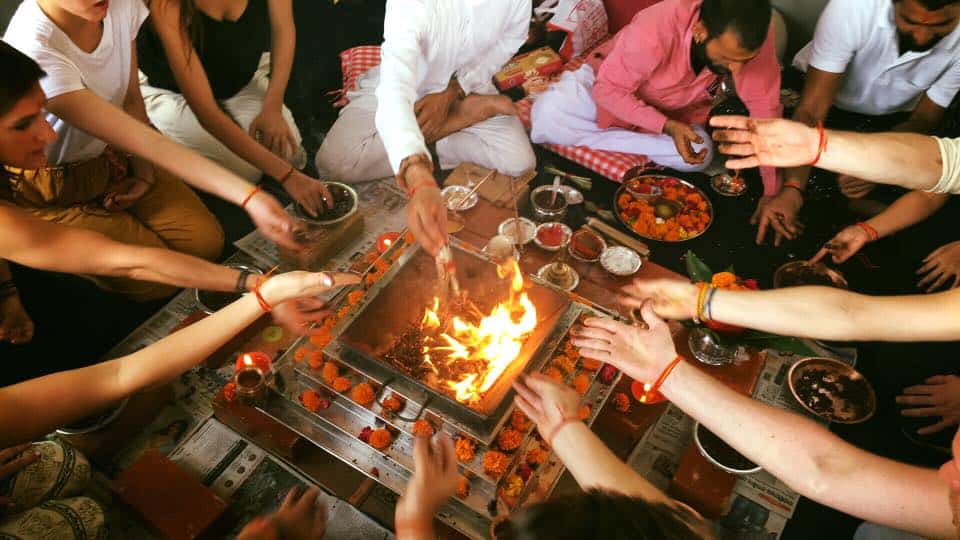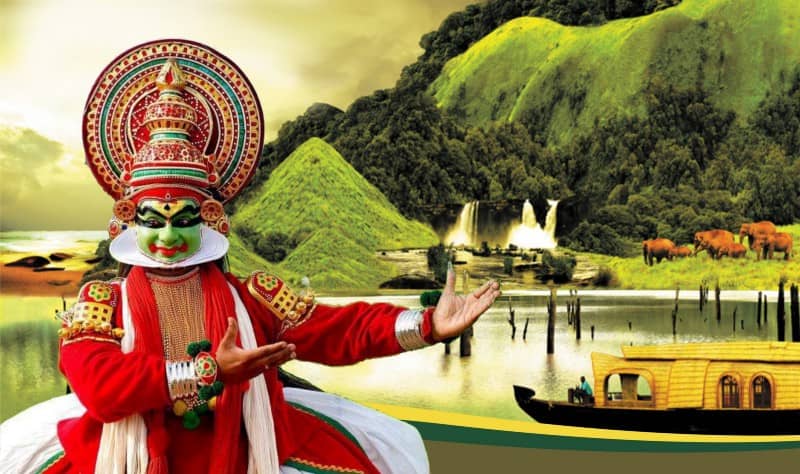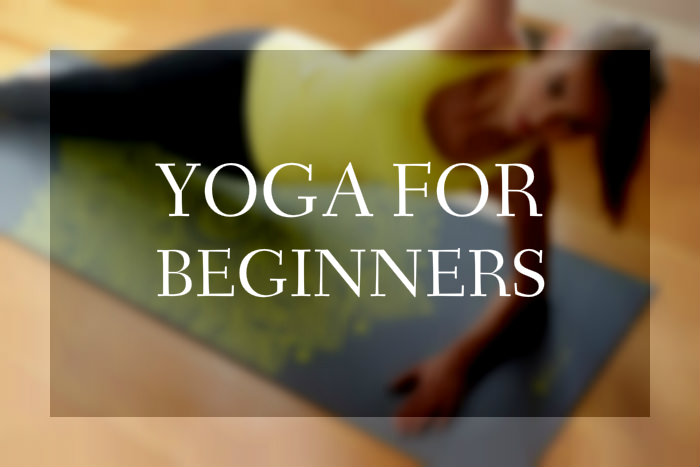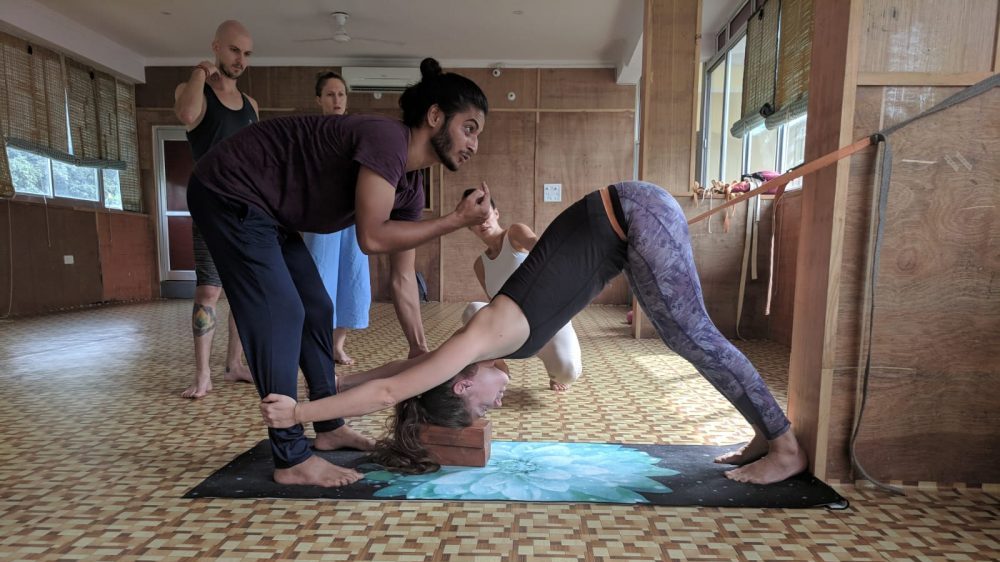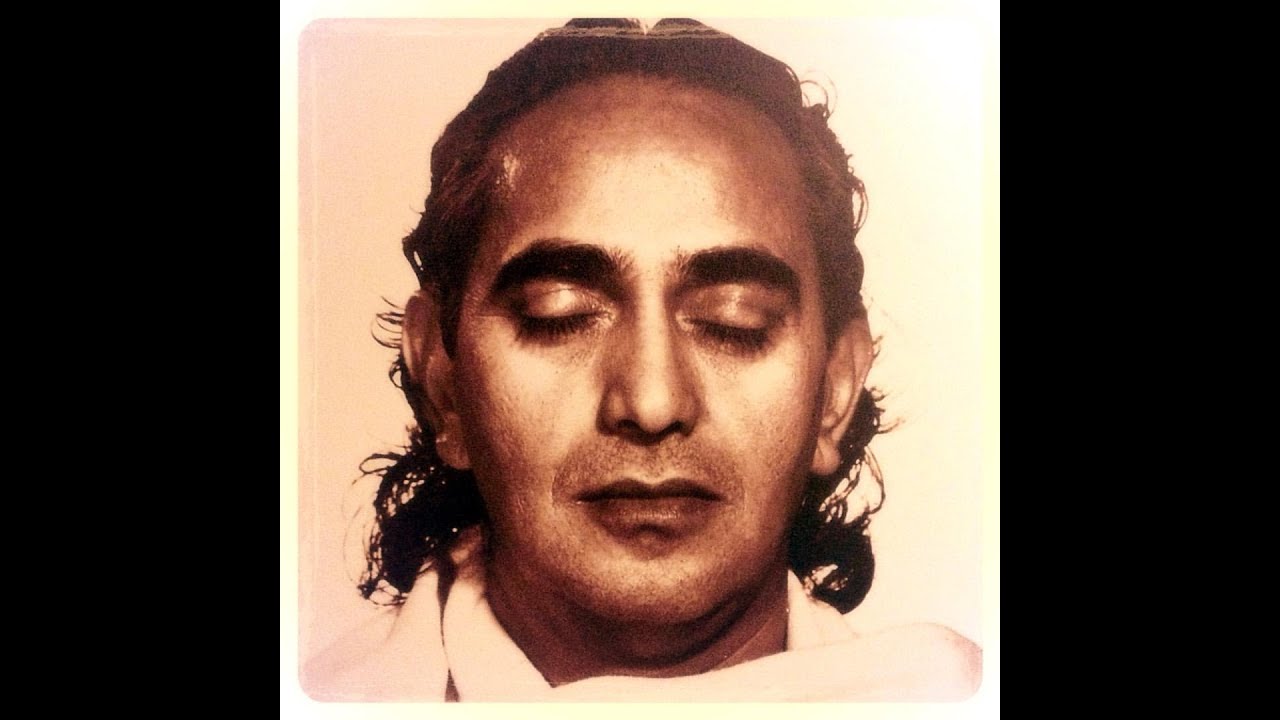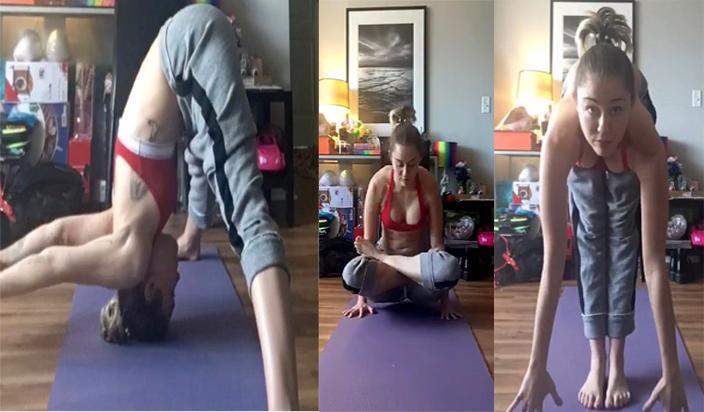TIPS FOR A GOOD YOGA PRACTICE
Because Yoga is a whole life journey and also a discipline, it is not only about performing asanas or postures. The full Yoga practice is a concept which the goal is the purification of the body and mind in parallel.
Such purification brings us harmonic balance including all the activities in our life. From the well functioning of the systems within our body to a deeper understanding of the our mind to create more space and experience mental peace, tranquility, then more genuine and long term happiness.
The Importance of A Healthy Sleeping Process
To have a good rest is vital. In order to wake up fresh on the next morning and regenerate our body. So we can invest the energy we accumulated to do our yoga practice.
In order to have a quality rest time, it is essential in the first place to make some gap in our mind, emotions and consciousness by the moment we go to sleep. It is likely that the mind would stay sharp and clear even by the moment we wake up.
As well as it is recommended to make some space in the mind in the moment we go to sleep. You can do it by keeping aside certain worries, avoiding the contact with the phone and similar devices. It is also essential to have some space in the stomach, in other words it is important to have an early and light dinner that would be easier to digest.
Kriyas (Purification of the body)
The purpose of these cleansing exercises, according to the nature of our body, is to help with the elimination of the toxins.
According to the classical Hatha yoga knowledge, there are six main Kriyas (Shat Kriyas):
- Neti: It implies different kinds of nasal cleansing.
- Dhauti: A method to clean the upper digestive system.
- Nauli: It is the strengthening of the abdomen as well as the purification of the digestive system.
- Kapalabhati: The cleansing of the respiratory system: from the nasal cavities to the lungs lungs, as well as mental impurities.
- Trataka: A mind purifying technique through the sense of sight using the flame of a candle.
Such cleansing or purification get a stronger effect on the body if we apply them on an empty stomach as well as our yoga asana practice, if we have to do it early morning. Otherwise it is better to leave a gap of three to four hours after having meals.
200 Hr Yoga TTC 300 Hr Yoga TTC Scholarship Programs
Ahimsa: Taking Care of Our Body, Practicing Non-Violence
Since all yoga practices lead to the path of liberation through the philosophic principles such as respect, solidarity and devotion. In the asana practice it is applied as the term ‘Ahimsa’ (nonviolence). It means to establish a relationship with our body with the purpose of having a deeper understanding according to what it needs for maintaining the harmony within. To be aware of certain physical limitations or injuries, it is necessary to warm the body up previously to the performance of the asanas, as well as increasing the capacity to be able to perform more advanced ones.
To Be Present is To Be Connected With Our Own Nature:
- Before the practice it is very important to let go any thought from the past or the future. So we can connect with the present moment and link with our body.
- When we are linked with our body, we can deepen our yoga practice by connecting to the breath with every posture. Which means that we are able to unify the inhalation- exhalation when we enter to the posture, when we are in the posture itself and finally on the way out of it.
- These are some tips that will do of your yoga Asana practice, a conscious activity. And therefore your will be able to notice the benefits within your body and the mind.

